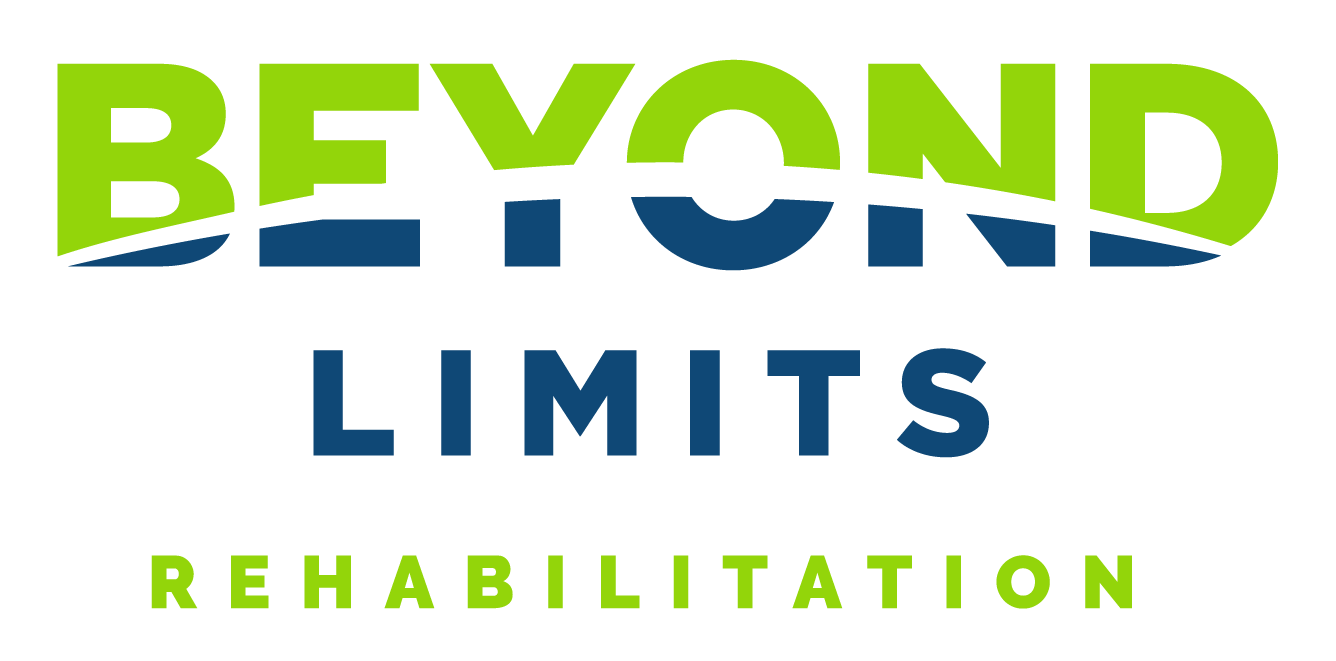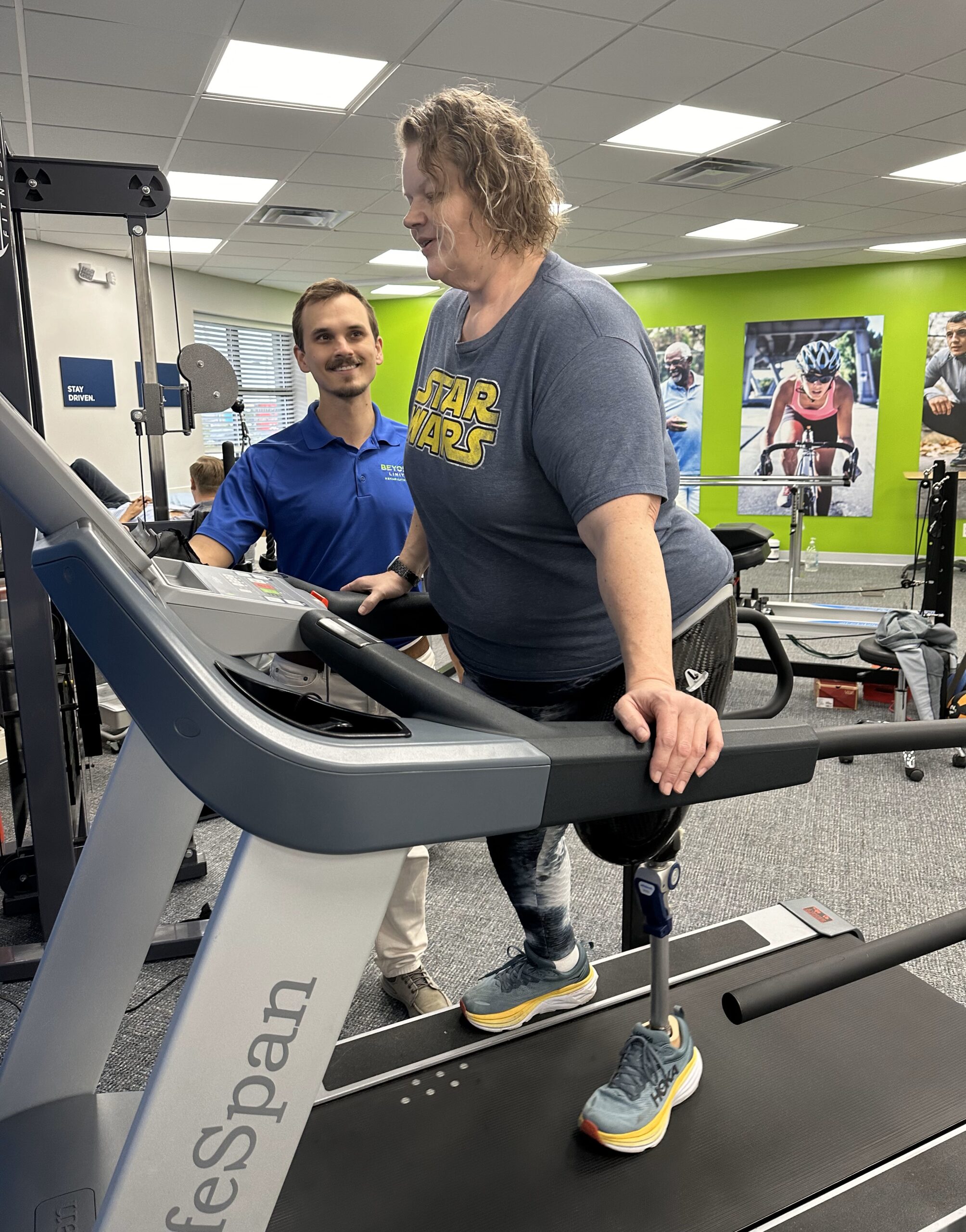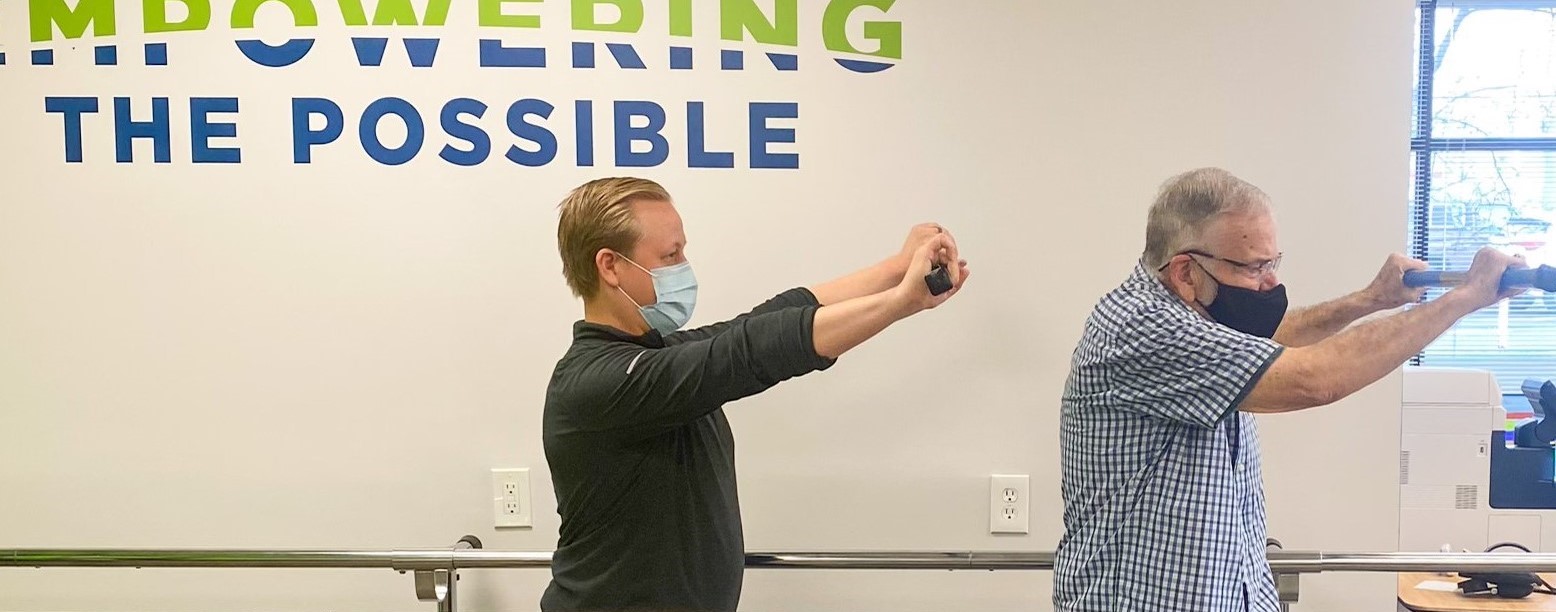April is Limb Loss Awareness Month. Limb loss is defined as the loss or removal of a body part such as a finger, toe, hand, foot, arm or leg. About 54% of all surgical amputations result from complications of blood flow associated from vascular causes, such as diabetes and peripheral artery disease (1). Many patients experience limb loss via a traumatic amputation, which is the loss of a body part that occurs as the result of an accident or injury. Limb difference is defined as an arm or a leg that is not shaped in a usual way. It is commonly due to a congenital malformation present since birth. There are roughly 2.3+ million people live with limb loss and 3.4+ million people live with limb difference in the United States (2).
Despite advances in medical care, there is an alarming rise in the rate of amputations across the United States. The number of patients who experience limb loss is expected to double by 2050 (3). There are varying types and levels of limb loss that significantly impact an individual’s functional mobility. It is critical that access to education and support continues to improve for this patient population. Having experienced such a life altering event, physical and occupational therapy will play a vital role for the re-integration of the patient back into activities of daily living and community life.
Beyond Limits Rehabilitation has treated over 300 patients with limb loss and/or limb difference. Most of our patients with amputations successfully transition to the use of a prosthetic device. We teach patients to safely utilize their prosthesis in the most effective ways to return to their highest level of function. One of the greatest challenges in amputee care is to overcome the fear of falling. Even when patients transition to the use of a prosthesis, it is common to have a fear of falling, which can hinder their progression in therapy. A strong patient-therapist relationship is key to overcome this fear and continue to progress toward more functional mobility.
Next week we will go into specifics of how to limit falls while using a prosthesis.
(1) www.hopkinsmedicine.org/health/treatment-tests-and-therapies/amputation#:
(2) Prevalence of Limb Loss and Limb Difference in the United States: Implications for Public Policy
(3) Access Prosthetics




